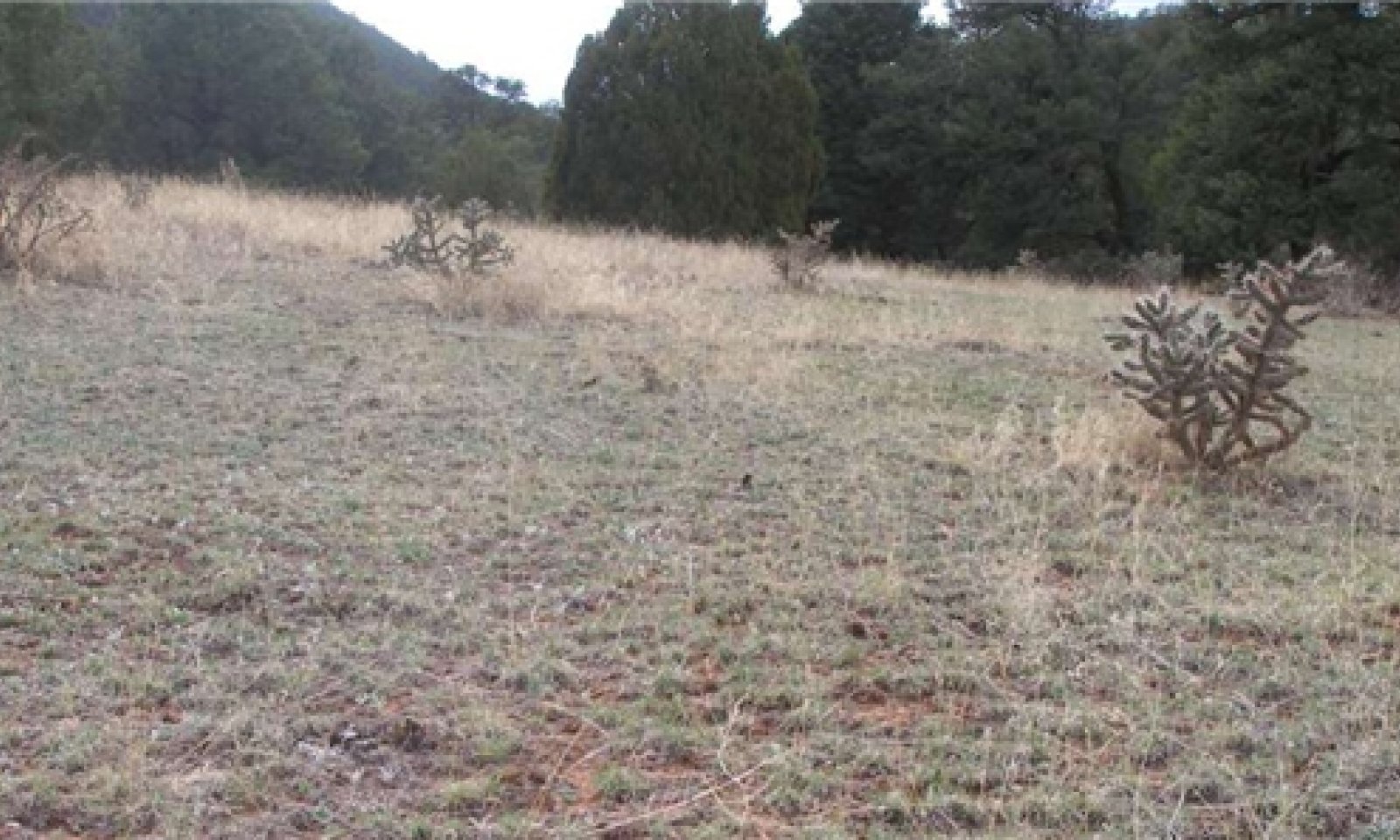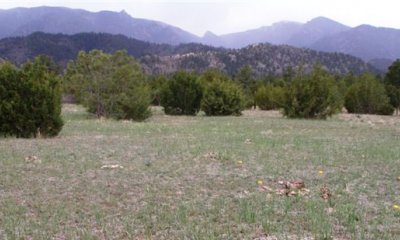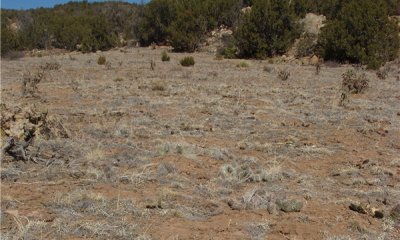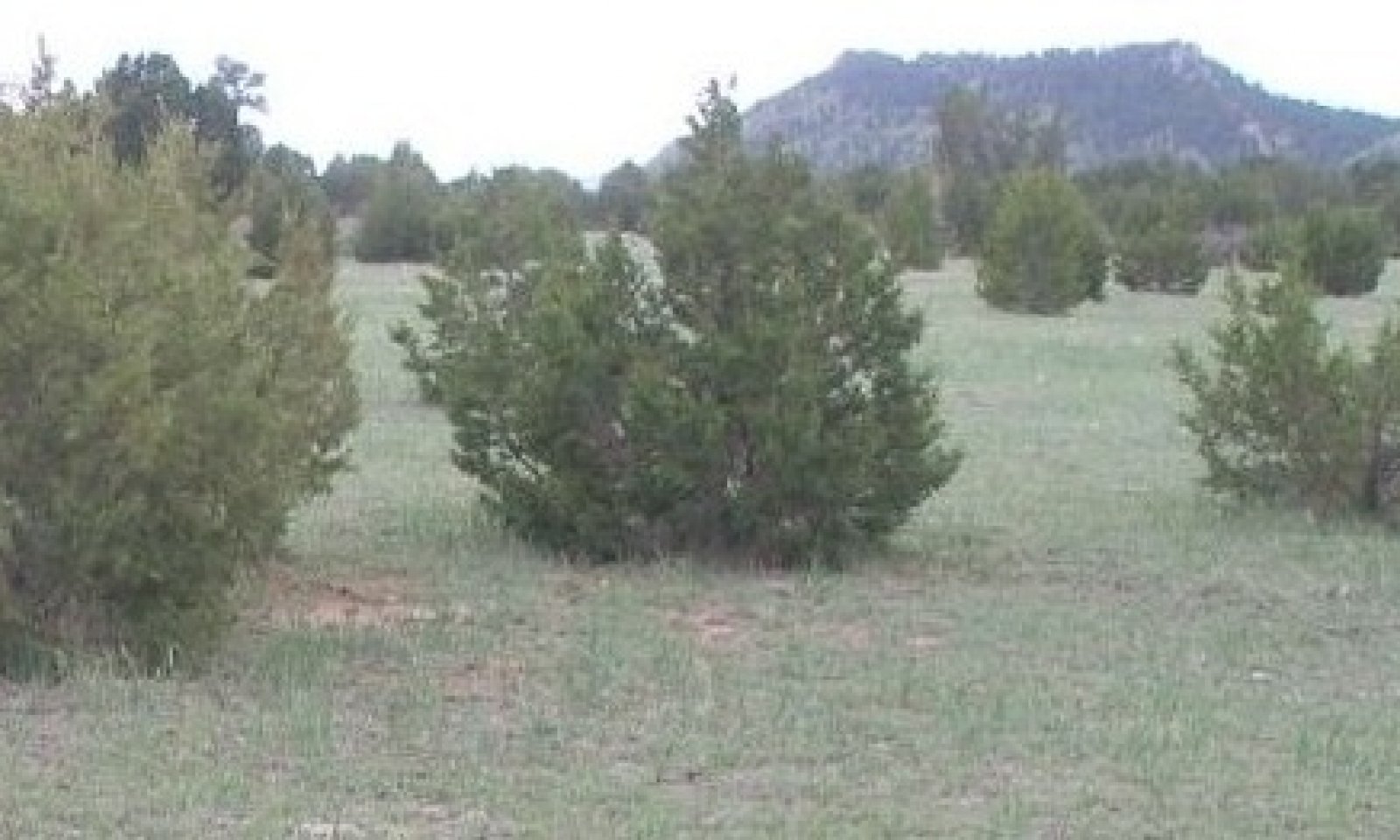
Loamy Foothill 11-14 PZ
Scenario model
Current ecosystem state
Select a state
Management practices/drivers
Select a transition or restoration pathway
- Transition T1A More details
- Transition T1B More details
- Restoration pathway R2A More details
- Transition T2A More details
- Restoration pathway R3A More details
- Transition T3A More details
- Restoration pathway R4A More details
-
No transition or restoration pathway between the selected states has been described
Target ecosystem state
Select a state
Description
This is the Reference state for the Loamy Foothill Ecological Site in MLRA 49D.
Submodel
State 2
Sod Bound



Description
Green needlegrass, New Mexico feathergrass, American vetch, purple prairie clover, fourwing saltbush and winterfat have been removed. Western wheatgrass may persist in trace amounts. Blue grama dominates the community and has become "sodbound". Galleta, threeawn, sand dropseed, bottlebrush squirreltail, sixweeks fescue, plains pricklypear, walking stick cholla, broom snakeweed, and hairy goldaster have all increased.
This State is resistant to change due to grazing tolerance of blue grama. A significant amount of production and diversity has been lost when compared to the Reference Community.
Submodel
Description
Three awn is the prominent plant on this site with blue grama persisting in localized areas. Sleepygrass, tumblegrass, and hairy tridens are common. Noxious weeds may have invaded the site.
Submodel
Description
This state typically occurs adjacent to a juniper or pinyon seed source. Long term encroachment of one-seed juniper and pinyon has occurred. Heavy continuous grazing, lack of fire and long-term non-use and/or mechanical soil disturbance can initiate or accelerate the encroachment. A combination of prescribed grazing, brush management, insects/disease and fire are methods, or events, which can control the encroachment.
The hydrologic functioning and biotic integrity of the site has been significantly impaired.
Submodel
Mechanism
Continuous grazing, without adequate recovery opportunity between grazing events, with or without proper stocking, will move this site across an ecological threshold to the Sod Bound State and Blue Grama Plant Community. Reduced competition from perennial grasses, forbs and shrubs allows blue grama to increase due to a higher competitive advantage. The plant community structure has been severely reduced. A biotic integrity/energy flow threshold has been crossed, causing the plant community structure to be severely reduced.
Mechanism
Heavy continuous grazing and fire suppression, or long-term nonuse with encroachment/increase of pinyon/juniper will transition across an ecological threshold leading to the Tree Dominated State and Pinyon/Juniper Dominated Community, Pinyon & Juniper > 5 feet tall. Fire suppression due to suburban development plays a large role in having affected the ecology of the site. A hydrologic function/nutrient cycle/soil & site stability/biotic integrity threshold has been crossed.
Mechanism
Restoration Process: Long-term prescribed grazing with adequate recovery periods following each grazing event and proper stocking over long periods of time move this plant community toward the Reference State and will eventually return to the Reference Community or associated successional plant community stages, assuming an adequate seed/vegetative source is available. This transition is a slow process, which may take greater than 40 years to accomplish. Drought will expedite the restoration process.
Mechanism
Heavy continuous grazing or long-term continuous grazing without adequate recovery periods following each grazing event, or long-term non-use will shift this plant community (or any herbaceous dominated plant community) toward the Eroded State and the Snakeweed, Annuals, Bare Ground Plant Community. This transition may take greater than 40 years. Erosion and loss of organic matter/carbon reserves are concerns because a hydrologic function/soil stability threshold is crossed.
Mechanism
Very Long-term prescribed grazing with adequate recovery periods between each grazing event and proper stocking can eventually restore this community back to the Reference State, assuming an adequate seed/vegetative source is available. This restoration will take a long time (80 years or more) to achieve.
Mechanism
Fire suppression with encroachment will transition across an ecological threshold leading to the Juniper/Pinyon Dominated State and the Juniper/Pinyon Dominated Community, (J/P > 5 Feet tall). Fire suppression due to suburban development plays a large role in the ecology of the site.
Mechanism
Restoration Process: Brush management, insects/disease, fire and/or long term prescribed grazing with adequate recovery opportunity between each grazing events and proper stocking will restore this State and Plant Community back to the reference community or associated successional stages assuming an adequate seed/vegetative source is available. This restoration is a very slow process, which may take greater than 80 years to accomplish.
Model keys
Briefcase
Add ecological sites and Major Land Resource Areas to your briefcase by clicking on the briefcase (![]() ) icon wherever it occurs. Drag and drop items to reorder. Cookies are used to store briefcase items between browsing sessions. Because of this, the number of items that can be added to your briefcase is limited, and briefcase items added on one device and browser cannot be accessed from another device or browser. Users who do not wish to place cookies on their devices should not use the briefcase tool. Briefcase cookies serve no other purpose than described here and are deleted whenever browsing history is cleared.
) icon wherever it occurs. Drag and drop items to reorder. Cookies are used to store briefcase items between browsing sessions. Because of this, the number of items that can be added to your briefcase is limited, and briefcase items added on one device and browser cannot be accessed from another device or browser. Users who do not wish to place cookies on their devices should not use the briefcase tool. Briefcase cookies serve no other purpose than described here and are deleted whenever browsing history is cleared.
Ecological sites
Major Land Resource Areas
The Ecosystem Dynamics Interpretive Tool is an information system framework developed by the USDA-ARS Jornada Experimental Range, USDA Natural Resources Conservation Service, and New Mexico State University.







